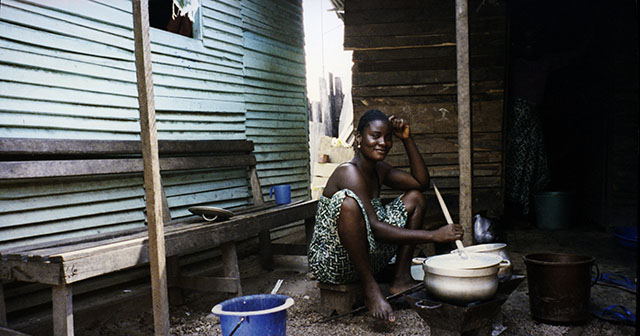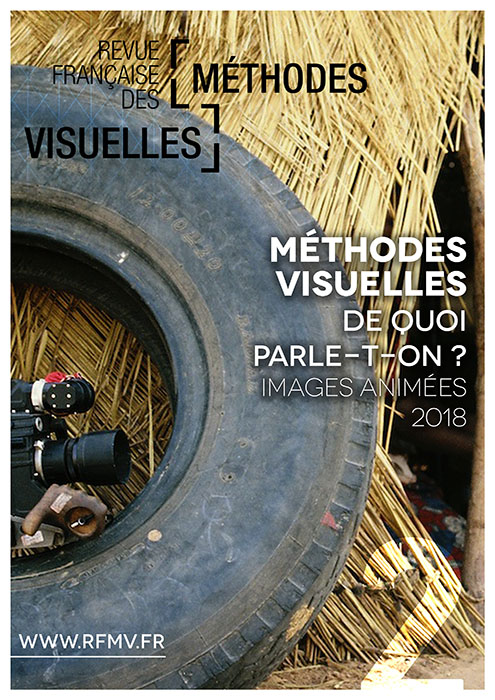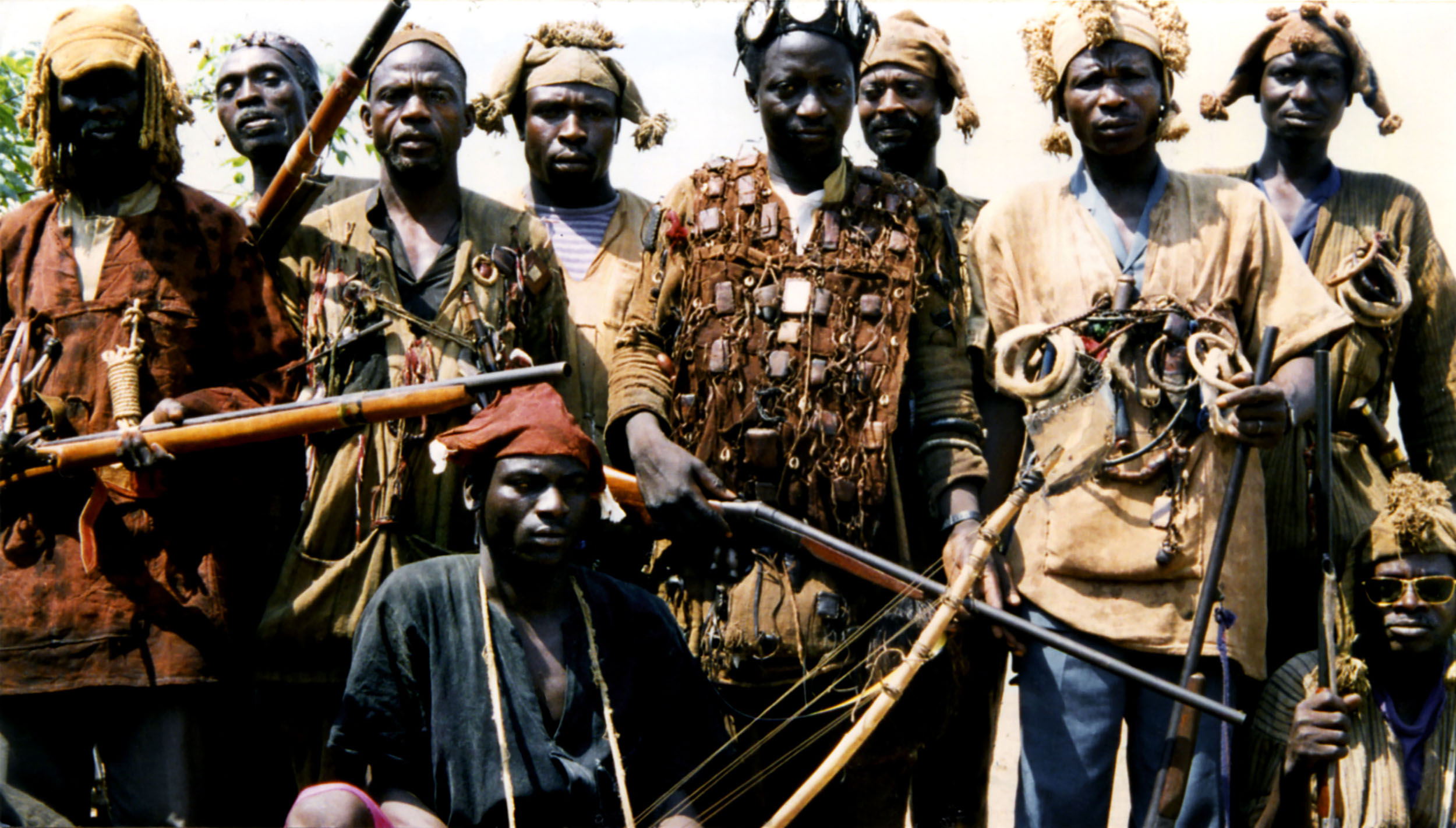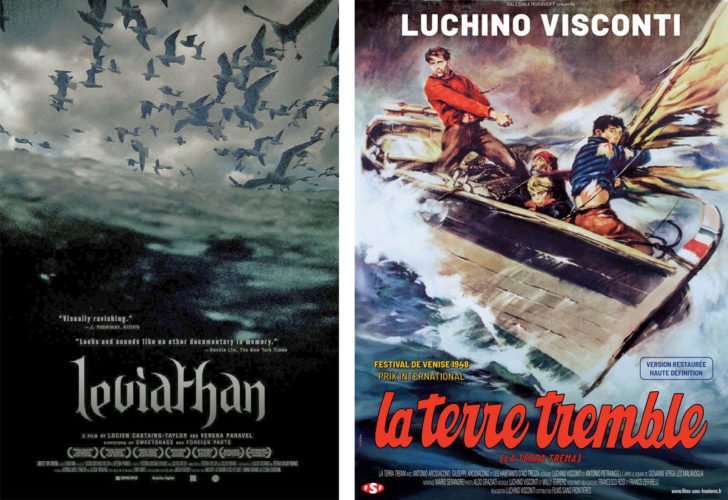
CINEMA
THE TRANCE OF THE REAL

Bird-child in a slum – Abidjan
“For Vuillard, “words are a convulsion of things”, so fictional writing and scholarly writing must each, in their own way, capture the full thickness of the trance of reality.”
Alban Bensa on La guerre des pauvres. Éric Vuillard. Actes Sud, 2019.
With his famous painting, This is not a pipe [1929], also known as The Treachery of Images, Magritte demonstrated the malleability of a representation depending on its context and the author’s intention. Almost a century later, in academic circles, documentary cinema remains the canonical form of ‘science’ and ‘truth’ about human beings. With its presumed transparency, it allows the viewer to be in direct contact with the experience. This contrasts with staging and fiction, which are seen as barriers between the facts and the viewer.
The documentary form does not put us in touch with its referent because it is considered to be freed from the mediation of a script or an actor, and its tools are lighter. No to this positivism. Every system of signs is based on an intrinsic plasticity that bureaucracy has crystallised into categories of genres, leading to false debates.
Bresson : “If you film an actor’s real fear in a real storm on a real boat, you won’t believe the fear, the storm or the boat.”
The “real” is fictitiously produced. There can be no gesture without staging. The intelligibility of meaning relies on the “powers of the false” [Deleuze] to open up to the world. Three filmmakers, given the same tools, the same time and the same scene, will make three different films.
Proust speaks of ‘vision’. “The impression of a scene associated with our sensibility gives rise to a vision”, which he sees as an object turned inwards, from which style emanates. Style is thought as expressed in one form; seen in another form, it is no longer the same thought.

Le Bardot slum – San Pedro
WORDS AND IMAGES
The effects of truth always reside in the eye. We all know the extent to which intellectual and creative gestures can be hybrid and cross-disciplinary, and the way thought will pull out all the stops! When Epstein says that the length of time given to an object can transform it into an event, he is referring to a staging gesture that brings out the meaning just by extending time a little.
Yet this difference in genre persists in people’s minds, often for trivial reasons: I’d still rather know if the dead will rise again! In a television report on the massacres in Rwanda, none of the dead get up, but the viewer gets up to move on. In a fiction film about the same genocide, such as Michael Caton-Jones’ Shooting Dogs, the dead rise but the viewer remains seated, transfixed by the vision of what barbarity does to the intimacy of being and to the whole body.
Apart from the question of documentary or fiction, the transfer of knowledge within the institution requires words. Written or spoken. Images often play an illustrative role, trailing behind a discourse that shatters the “immersion in a semblance” that Schaeffer talks about in relation to cinema.
What can you do with the discursive logic of words when you’re filming inner states that open up to other time-spaces? I was looking for this interiority in my films about the Parisian prison, Si Bleu si calme, the harem in Niger, Contes et Décomptes, ghetto girls, Little Go girls, using “the greatest conquest of the talkies” i.e. “silence”. (Henri Jeanson).

Publication
“The false battle of art and science” (Henri Jeanson)
REALISM OF MEANS

©thomaBaqueni
From its very beginnings, cinema has been conceived as an “all-embracing art form”, that is to say an art that works with elements taken directly from our immediate environment, imposing a complex set of infinitely orientable phenomena. A “perceptive trick”, as Epstein put it.
Born in the fairgrounds, cinema has kept its DNA throughout its material evolution. It has gone from silent movies to talkies, then to spatialised sound – from black and white to colour – from film to digital with its “sharp” rendering. We have now arrived at the three-dimensional image. But this is a realism of technical sensations. The construction of a ‘realistic’ film has nothing to do with all the technical paraphernalia.
On the contrary, it is by dealing with the ‘overflow’ that the artistic gesture is born: realism is situated at the epistemological level with declared intentions. Either attention to “the small, the unclassified…”, or the use of the sequence shot [real time], or a taxidermist search for mimesis between referent and representation…
This is the beginning of the history of the cinematograph, and of realisms in the plural.
REALISM OF STYLE

A film is “real in the sense that it is faithful to the invisible which we sometimes feel and which takes things from habit, but not realistic in the sense that it is above all faithful to sensations and not to the object behind them.” [Bresson] The quest for “pure” realism – supposedly faithful to the “object” of which Bresson speaks – is precisely what feeds the lies of propaganda films. Kino-Pravda [Cinema-vérité], for example, by the revered Vertov. In his famous opus Man with a Movie Camera, he magnificently frames a glorious Soviet Union, modern, technical, clean, hard-working, sporty and obedient; no tramps, no rubbish in the streets, no sick people, no wasteland. There is no place for vagueness in authoritarian discourse.

Comparative analysis of two styles
“The Earth Trembles” [1952] by Luchino Visconti
« Leviathan » [2013] by Lucien Castaing-Taylor and Véréna Paravel
Document to download